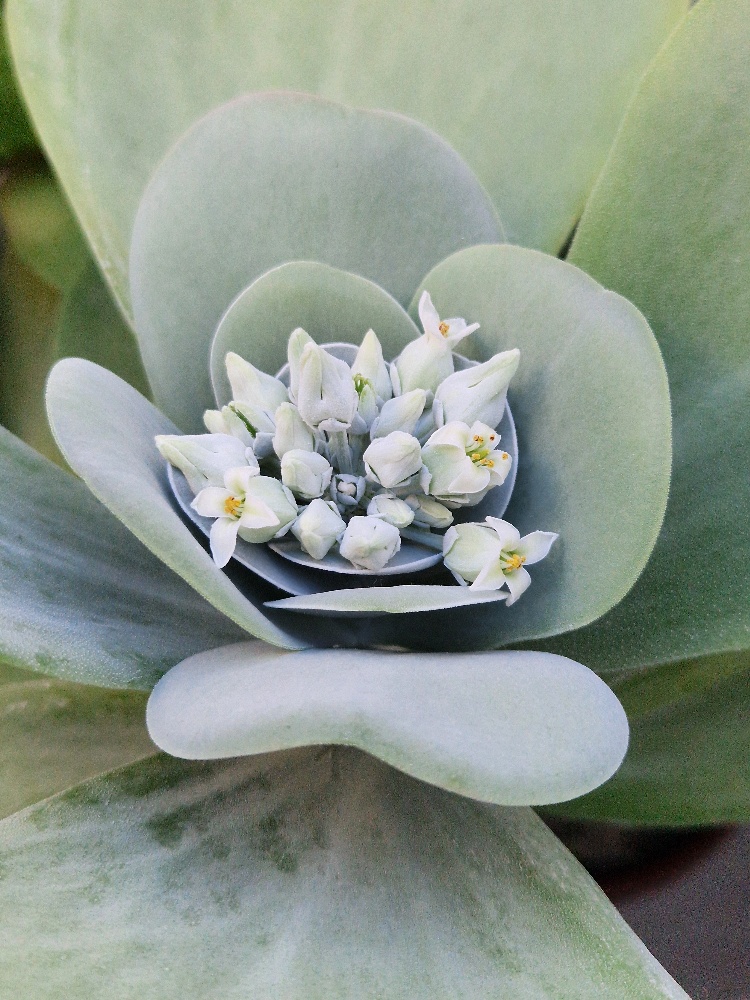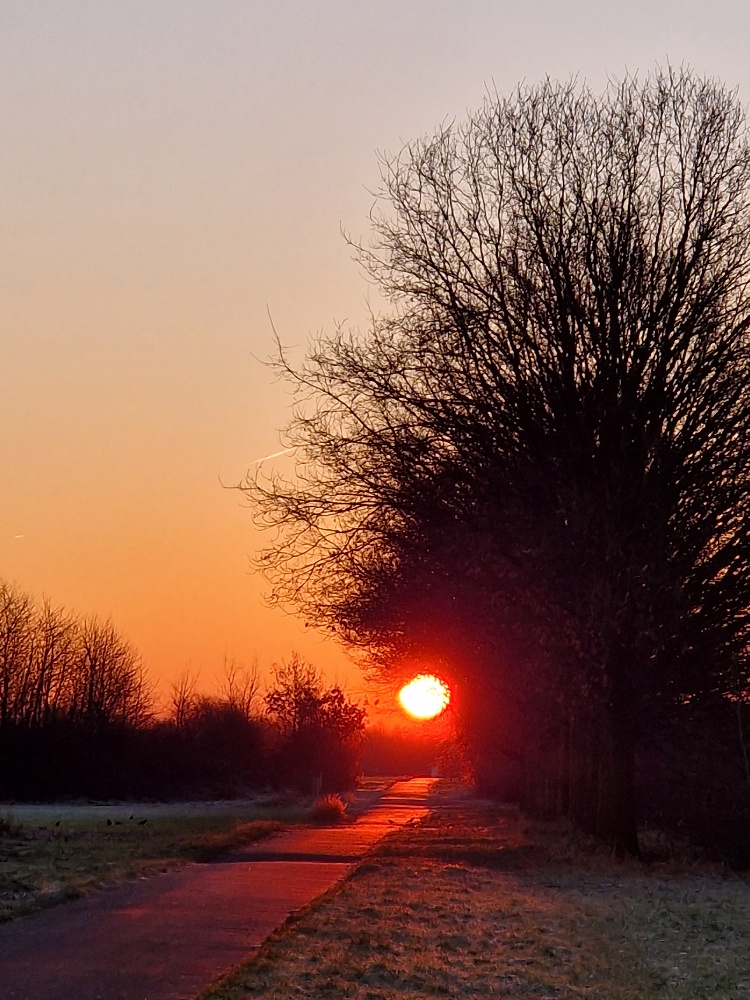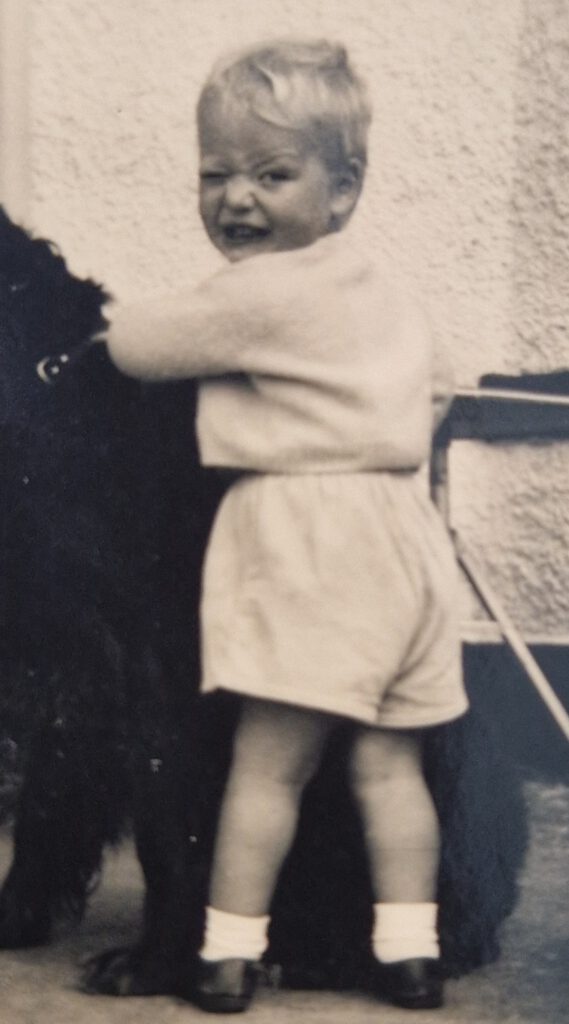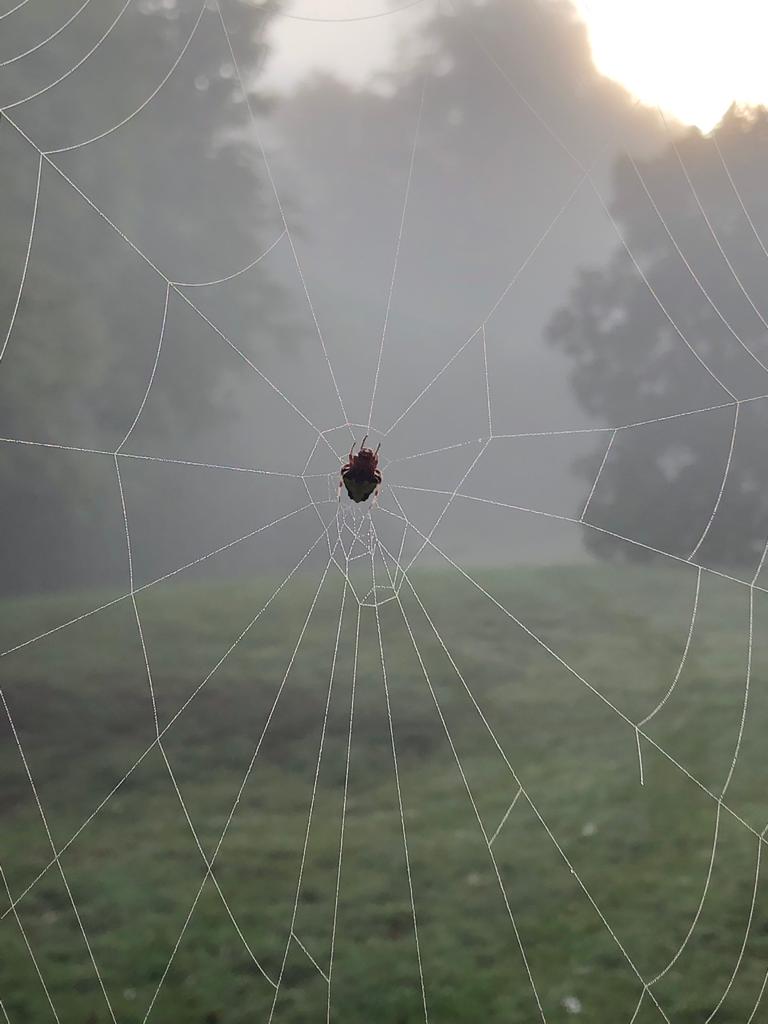Suicide

Not a year goes by now, without news of someone from my wider circle of friends or acquaintances struggling with life to the degree that they would consider what looks like an escape hatch, an easier softer way. Or indeed, the sad consummation of such plans. Every time this happens, I am devastated. The devastation comes from the mere inkling of the suffering the protagonist must have been going through when the decision was made and carried out. Such incidences also point clearly to our own vulnerability. If she or he could be pushed that far, could we be next?
Loyalty

The outward focus on people, places, and things – as the presumptive wellspring of the love and sense of belonging we so strongly yearn – this erroneous attitude is a major cause of subsequent suffering in later life. The process of recovery is primarily a process of inner work on self. We do not recover to change our parents, our partners, or the world. We recover to grow in awareness. We recover to develop a new pair of glasses through which we view the world more objectively. And we recover to establish and practice new behaviours. In short, we do the work of recovery that we might be changed…
Family System

In doing this work, we cannot dodge the old wounds and thus re-feeling the original pain. That is the difficult part. In exploring my family dynamics, it is important to acknowledge the loving kindness that pervaded my family of origin, in conjunction with the systemic dysfunction described below. Many precious gifts were created and shared through this kindness. Wounds are part and parcel of the human experience. It was not for lack of kindness that wounds were inflicted. It was, rather, lack of awareness…
Rheostat

This brings me to the rheostat. On emerging into adulthood, mine seemed to be missing. In recovery, we address such issues. Once we abstain from the cruder forms of emotional self-medication, we can begin to learn to self-regulate. My early years were undoubtedly overshadowed by what led to the panic attacks described above. Therapists have suggested it might have been a traumatic experience, physical, emotional, or spiritual, in my early years. The honest answer is that there is still no clear answer…
Gifted Child

Recent discoveries in neuroscience, especially regarding the plasticity of the brain, have provided the welcome reassurance that these default scripts can be modified and even overwritten, right though to old age, correcting the earlier erroneous assumptions that we were forever stuck with what formed in the first seven years…
Abundance

It is no wonder, then, that contrary to the initial intention, those of us affected become less and less vibrant over time, as if the life were being sucked out of us. Obsession supplants imagination, compulsion replaces creativity, fear displaces joy, connection makes way to alienation, and the `being´ in `human being´ begins to wither on the vine. Recovery becomes possible when we hit bottom, when we become so sick and tired of being sick and tired…
Inviolability

Many of us carry a bag of different lies around with us until we begin to take stock of our lives. We may, therefore, have two or three main Saboteurs which are the cause of most our problems. We each have a unique Saboteur profile. Just as it is necessary and beneficial to handle more overt losses by grieving in a healthy manner, – rather than avoiding, numbing, and dissociating – we learn in recovery to practice loving ways to grieve our childhood losses and the alienation of Self…
Fellowship

For me, the key question is what impact these achievements have had on our happiness. Are we as happy or even more happy than our predecessors? I have my doubts. Rather than get into a competitive debate about today and the `good old days´, my interest revolves around one important question: In a world which values freedom above all other human characteristics, are we really free?
Refraining

Deeper layers of motivation emerged from my shadow. It was clear to me how, since childhood, many adult interactions had been governed by the righteous, justified anger hidden in my shadow. Once revealed, this too can be consciously relinquished (rather than repressed). This is a good example of the ongoing work of spiritual fitness, as defined in both the Twelve Steps and PQ…
Emotional Sobriety

As these recovery fellowships mature, we are now moving to the `both, and..´ perspective with respect to exploring the scientific and spiritual aspects of the root causes of addiction and in drawing upon modern and recently developed resources to augment the Twelve Steps as we implement the solution. These resources may include Jung’s work on Archetypes, Internal Family Systems (IFS) therapy, Trauma therapy modalities such as EMDR and Somatic Experiencing, PQ Mental Fitness, Inner Child work, Kinesiology, etc., to name only a few…

